News
Monumental Connections: Videos and Movies
This is the fourth of a series of “Monumental Connections” to Papahānaumokuākea. Look for future lists that will focus on lectures and talks, and how to get involved.
Voyage to Kure 1 & 2
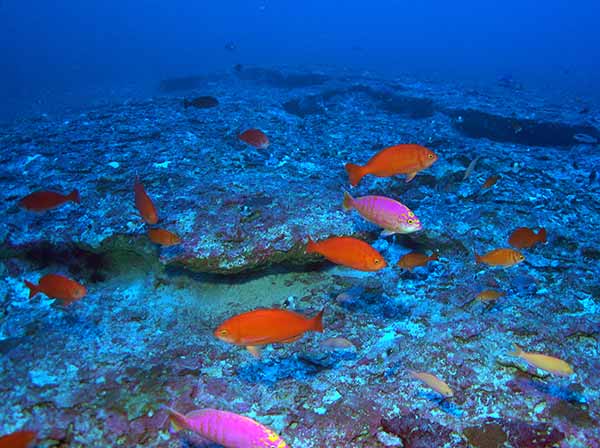
In Voyage to Kure (2006), Jean-Michel Cousteau of Ocean Adventures and his team of 20 experienced divers and scientists travel for six weeks aboard the Searcher to the farthest edge of the Northwestern Hawaiian Islands, the remote Kure Atoll.
Voyage to Kure 1
Voyage to Kure 2
Image: A school of Elegant Anthias (Caprodon unicolor), one of the most common fishes at 320 feet, Kure Atoll. Deep reefs at Kure Atoll were discovered to have the highest levels of endemism known from any marine ecosystem on Earth. Credit: Richard Pyle/Bishop Museum and NOAA
Papahānaumokuākea Videos on YouTube
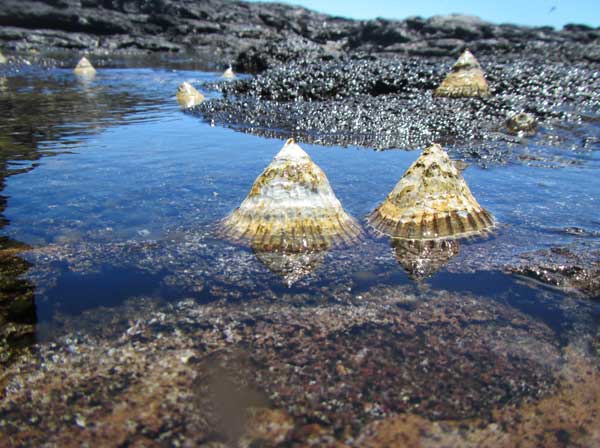
You’ll find hours of videos about the islands, research, history and creatures on land and in the ocean.
Image: Blackfoot ʻopihi in a tidepool at Nihoa. Credit: Hoku Johnson/NOAA
Papahānaumokuākea Videos on Vimeo
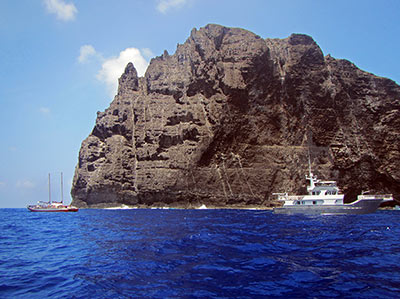
Voyage to Nihoa: Science at Sea
Science and voyaging converge on board Hikianalia on an expedition to Nihoa, a remote island 120 miles northwest of Niʻihau in Papahānaumokuākea Marine National Monument.
Image: The Hikianalia (left) and Searcher (right) off Nihoa in Papahānaumokuākea Marine National Monument. Credit: Hoku Johnson/NOAA
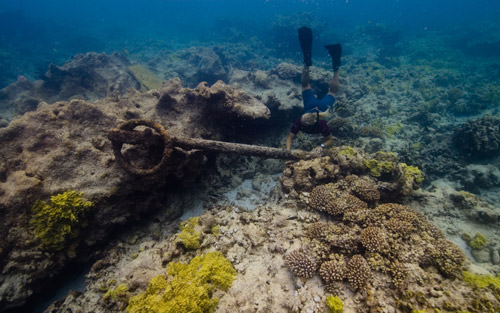
Lost on a Reef: Exploring Shipwrecks in the Most Remote Archipelago on Earth
Lost on a Reef tells the story of six marine archeologists searching for shipwrecks, from 19th century whaling ships to WWII sidewheel steamers, undiscovered for centuries.
Image: Maritime archaeologist Dr. Kelly Keogh investigates an anchor at the Two Brothers shipwreck site at French Frigate Shoals. Credit: Tane Casserley/NOAA
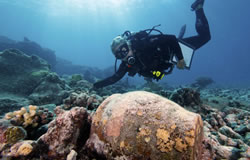
PBS: Shark Island Whaler film trailer
In 2008, a team of NOAA maritime archaeologists discovered the first clues of the whaleship Two Brothers and began to unlock the mystery of the only Nantucket whaleship ever found on the seafloor.
Image: Maritime archaeologist Dr. Kelly Keogh investigates a ginger jar at the Two Brothers shipwreck site. Credit: NOAA
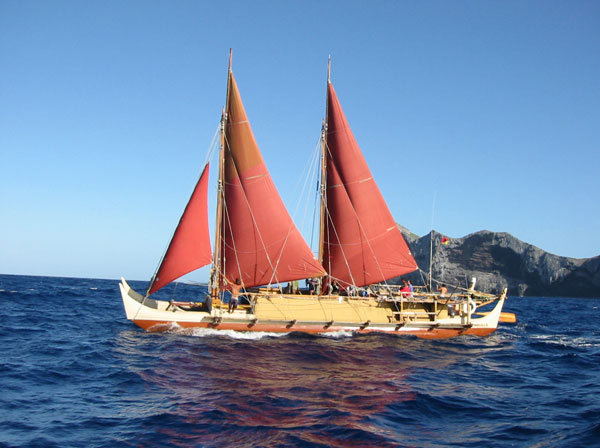
Exploring a Sunken Past - Maritime Heritage in Hawaii
Learn about maritime heritage from the early Polynesian explorers to the present.
Image: Hōkūleʻa sailing in front of Nihoa. Photo Credit: Naʻalehu Anthony
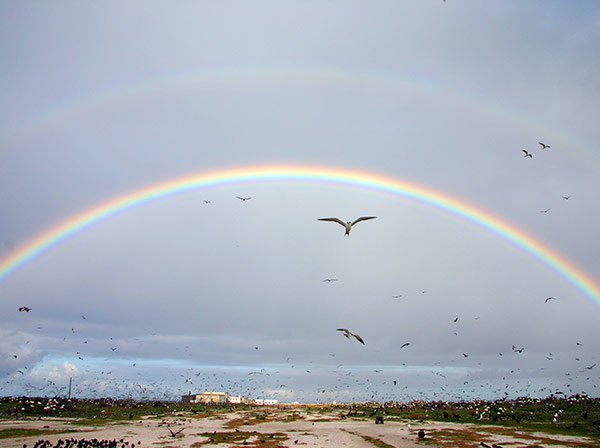
Huakaʻi Papahānaumokuākea Tern Island
Visit the seabirds and turtles on Tern Island’s wildlife refuge.
Image: A view of Tern Island with seabirds and rainbows. Credit: Justin Rivera/NOAA
Earth is Blue Videos

Our planet is an ocean planet: Earth Is Blue. The National Marine Sanctuary System protects some of the most iconic underwater places throughout the United States.
Image: Rare species at a depth of 300 feet at Kure Atoll. Left: a new species of wrasse (family Suezichthys). Center: unidentified species of sea urchin. Right: Struhsaker’s damselfish (Chromis struhsakeri), never before seen by divers (this species of fish was previously known only from deep trawls and submersible observations). Credit: Richard Pyle/Bishop Museum and NOAA
Watch for the next topic: Lectures and Talks.


